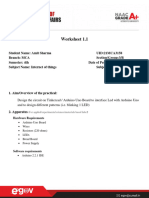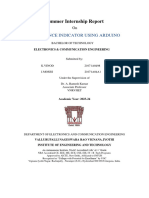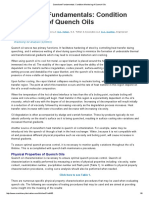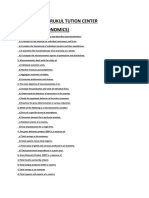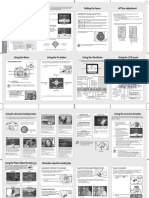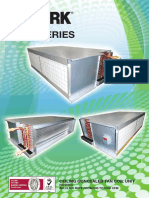0% found this document useful (0 votes)
54 views3 pagesFinal Project Integration
In the final project, students will create a functional Arduino system incorporating at least two inputs and one output, demonstrating their understanding of project design, system integration, and coding principles. They will present their projects live, showcasing their work through a demonstration, circuit diagram, and code walkthrough, while reflecting on their learning experiences. The course concludes with a Mini Maker Showcase and encourages students to explore advanced Arduino projects and community involvement.
Uploaded by
daltonjohn11111Copyright
© © All Rights Reserved
We take content rights seriously. If you suspect this is your content, claim it here.
Available Formats
Download as DOCX, PDF, TXT or read online on Scribd
0% found this document useful (0 votes)
54 views3 pagesFinal Project Integration
In the final project, students will create a functional Arduino system incorporating at least two inputs and one output, demonstrating their understanding of project design, system integration, and coding principles. They will present their projects live, showcasing their work through a demonstration, circuit diagram, and code walkthrough, while reflecting on their learning experiences. The course concludes with a Mini Maker Showcase and encourages students to explore advanced Arduino projects and community involvement.
Uploaded by
daltonjohn11111Copyright
© © All Rights Reserved
We take content rights seriously. If you suspect this is your content, claim it here.
Available Formats
Download as DOCX, PDF, TXT or read online on Scribd
/ 3










